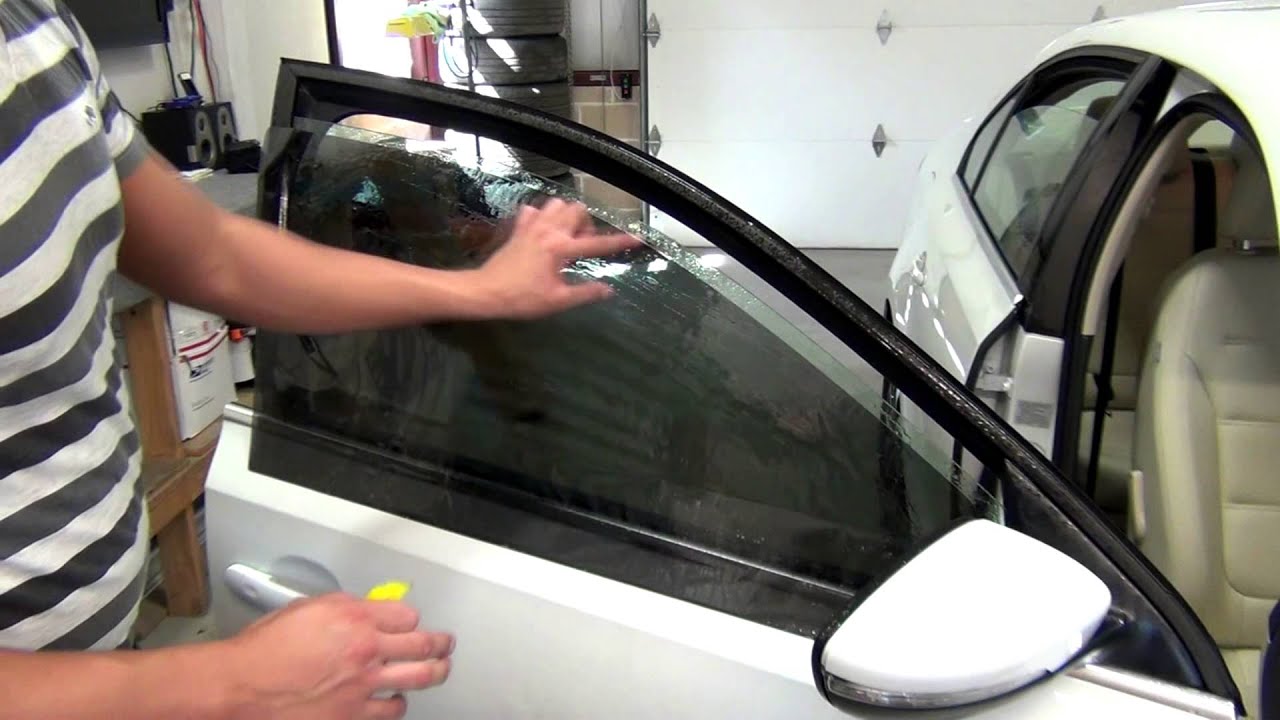Window tinting, the process of applying a thin film Smart window tinting to the interior or exterior of glass surfaces, is an increasingly popular practice in both automotive and architectural contexts. This practice offers numerous benefits, ranging from enhanced aesthetics to improved functionality. This article explores the various advantages of window tinting, the different types available, and the legal considerations that must be taken into account.
Benefits of Window Tinting
- Heat Reduction: One of the primary benefits of window tinting is its ability to significantly reduce heat. Tinted windows can block up to 70% of solar heat, making the interior of a car or building more comfortable and reducing reliance on air conditioning. This not only enhances comfort but also contributes to energy savings.
- UV Protection: Window films can block up to 99% of harmful ultraviolet (UV) rays. Prolonged exposure to UV rays can cause skin damage and increase the risk of skin cancer. In addition, UV rays can fade and damage interior furnishings, such as car seats, carpets, and home furniture. Window tinting helps protect both people and property from these harmful effects.
- Glare Reduction: Glare from the sun or oncoming headlights can be a significant distraction for drivers and an annoyance in homes and offices. Tinted windows reduce glare, improving visibility and comfort.
- Privacy and Security: Tinted windows provide an added layer of privacy by making it more difficult for outsiders to see inside. This can be particularly valuable for vehicles, homes, and businesses in high-traffic areas. Additionally, some window films are designed to hold glass together in case of breakage, providing an added layer of security against break-ins and accidents.
- Aesthetic Appeal: Beyond functional benefits, window tinting can enhance the look of a vehicle or building. With various shades and styles available, it allows for customization that can improve the overall appearance.
Types of Window Tinting
- Dyed Window Film: This is the most cost-effective type of window film. It involves placing a layer of dye between an adhesive layer and a protective polyester top coating. While it can provide a darker appearance and good glare reduction, it is less effective at heat reduction and UV protection compared to other types.
- Metalized Window Film: This film contains metallic particles that reflect heat and UV rays. It is more effective than dyed film in terms of heat reduction and UV protection. However, it can interfere with electronic signals, such as GPS and mobile phone reception.
- Hybrid Window Film: Combining both dyed and metalized layers, hybrid films offer a balance between affordability and performance. They provide good heat and UV protection without as much signal interference.
- Ceramic Window Film: This is the most advanced type of window film available. Ceramic films contain non-conductive ceramic particles that effectively block heat, UV rays, and glare without interfering with electronic signals. They are also highly durable and do not fade over time. However, they are more expensive compared to other types.
- Carbon Window Film: Carbon films offer a matte finish that doesn’t fade. They provide excellent heat and UV protection, making them an efficient and stylish option.
Legal Considerations
When considering window tinting, it is essential to be aware of local laws and regulations, as these can vary significantly by location. For example, in the United States, each state has its own laws governing the allowable darkness (measured by Visible Light Transmission, or VLT) and reflectivity of window tints. Failure to comply with these regulations can result in fines and the requirement to remove the tint.
- Automotive Tinting Laws: Most states have specific rules regarding the VLT percentage for different windows on a vehicle. Typically, front windows must allow more light to pass through compared to rear windows. It is crucial to check state-specific regulations to ensure compliance.
- Architectural Tinting Laws: For buildings, the regulations may include restrictions on reflectivity and the types of buildings that can use certain films. Commercial buildings often have different regulations compared to residential properties.
Conclusion
Window tinting offers a multitude of benefits, including heat reduction, UV protection, glare reduction, enhanced privacy, and improved aesthetics. With various types of window films available, consumers can choose a product that best suits their needs and budget. However, it is crucial to be aware of and comply with local legal requirements to avoid penalties. Whether for vehicles or buildings, window tinting is a worthwhile investment that enhances comfort, safety, and style.

